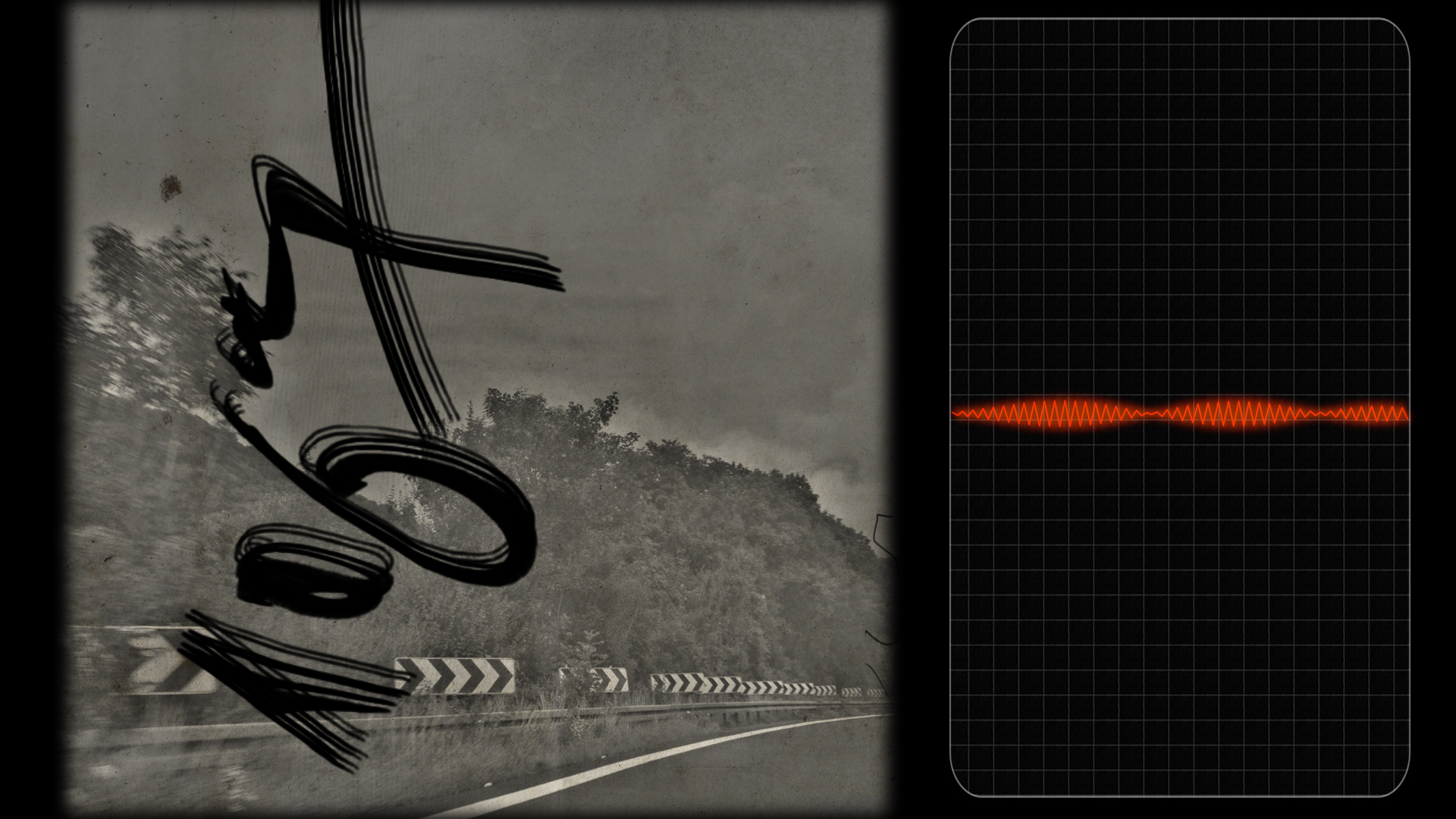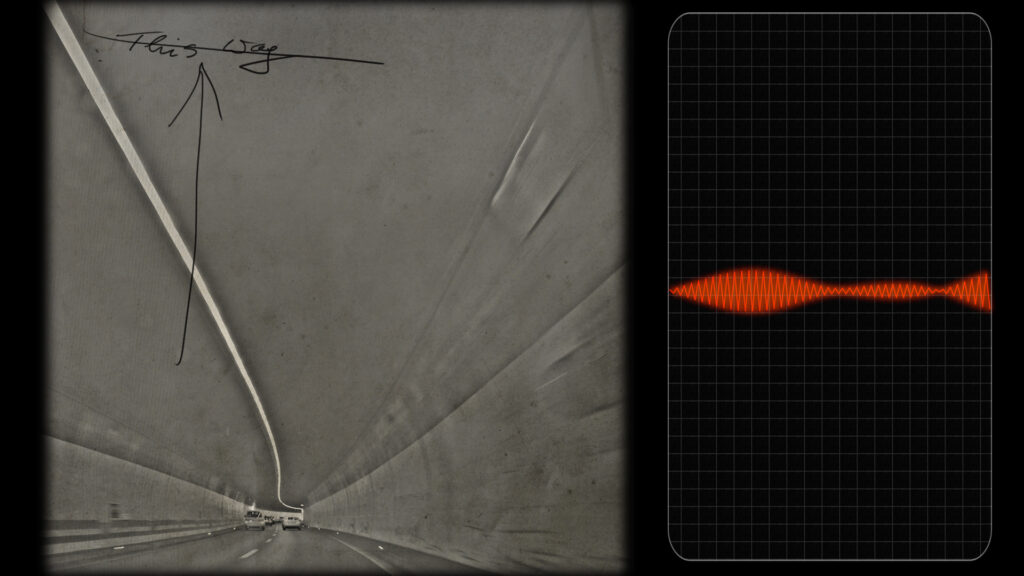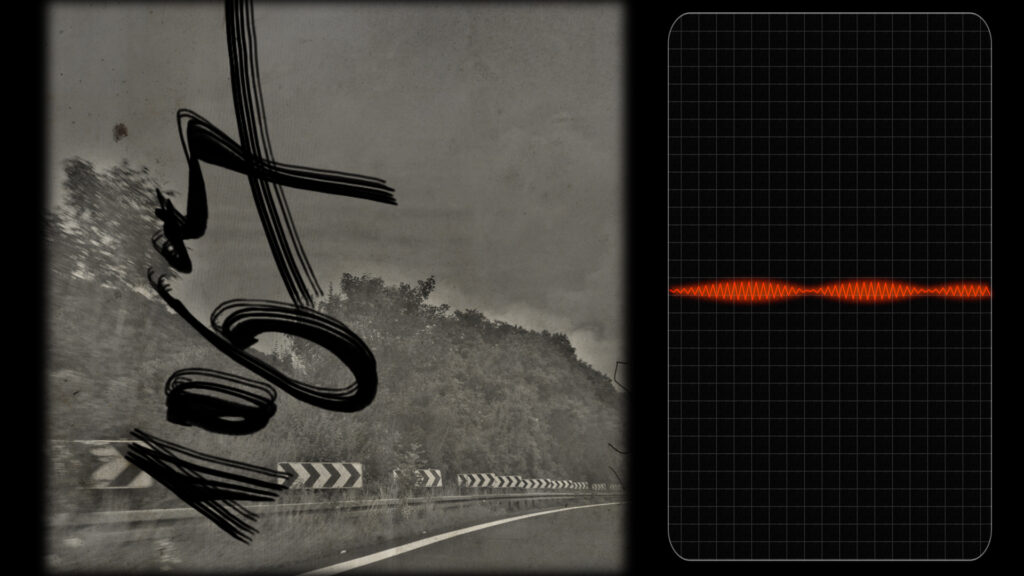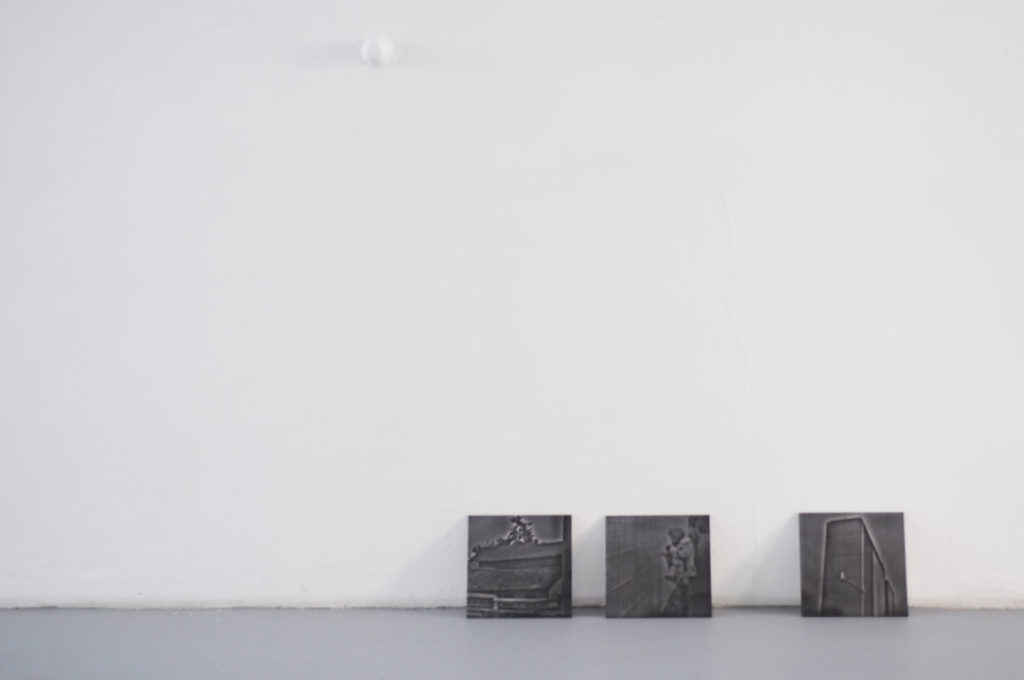[apvc_embed type=”customized” border_size=”2″ border_radius=”5″ background_color=”” font_size=”14″ font_style=”” font_color=”#938fc5″ counter_label=”Visits:” today_cnt_label=”Today:” global_cnt_label=”Total:” border_color=”” border_style=”solid” padding=”20″ width=”220″ global=”true” today=”true” current=”true” icon_position=”” widget_template=”schattenbox” ]
Tag: Animation
Memento…Boltanski!
2016, 4:55min, fHD Video 16:9
“Because one thing is stronger than us, namely the eternal progression of time, which never stops and inevitably leads to death.”
Christian Boltanski
An artificial choreography is generated by stringing together and repeating 25 still images. A rhythm is formed by modules of natural and artificial sounds (water drops and the clatter of a machine). A whispering voice recites “The Burial of the Dead” from the poem “The Waste Land” by T.S. Eliot.
In the left part of the screen is a static image that at first glance resembles a sacred motif, perhaps an altar of some sort. In fact, it is a table with a bird’s nest in the light of a neon lamp. In it lie small bird skeletons.
Memento… Boltanski! ” is a vanitas dance on the futility of life.
The basis of this work are photographs in long exposure taken during a dance rehearsal. Since the order of the photos was rearranged by me, the resulting “dance” has nothing to do with the original choreography. On the acoustic level I proceeded in a similar way: from water dripping and machine noises I selected single elements and put them together to a rhythm.
All sounds were produced and edited by myself, exclusively for this work.
Dancer: Dominik Feistmantl
[apvc_embed type=”customized” border_size=”2″ border_radius=”5″ background_color=”” font_size=”14″ font_style=”” font_color=”#938fc5″ counter_label=”Visits:” today_cnt_label=”Today:” global_cnt_label=”Total:” border_color=”” border_style=”solid” padding=”20″ width=”220″ global=”true” today=”true” current=”true” icon_position=”” widget_template=”schattenbox” ]

Return to Paradise


Besides the biblical paradise, there are many “paradises” such as childhood or home, which are located more in time than in space. The only way to return to these paradises is to remember. However, the process of remembering is exposed to different disorders. This process is comparable to looking for the right radio station that is disrupted by superimposed frequencies or static noises. Likewise, we do not always have access to our memory due to our current physical or mental state. What remains is a vague image that requires a great deal of interpretation.

